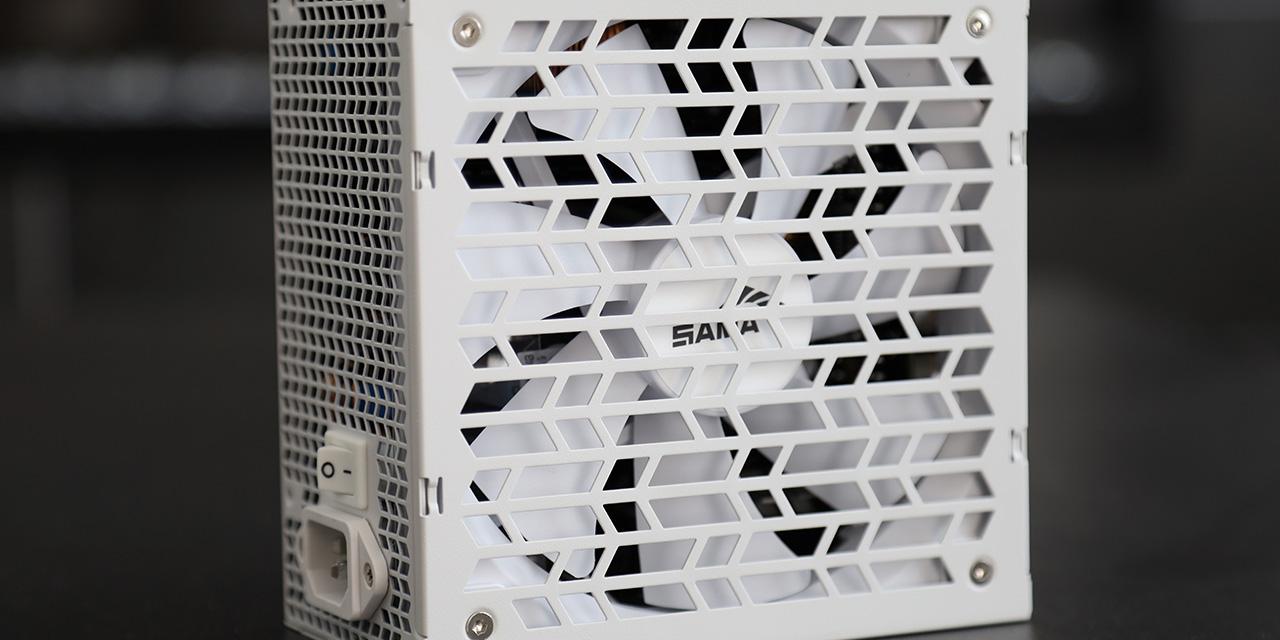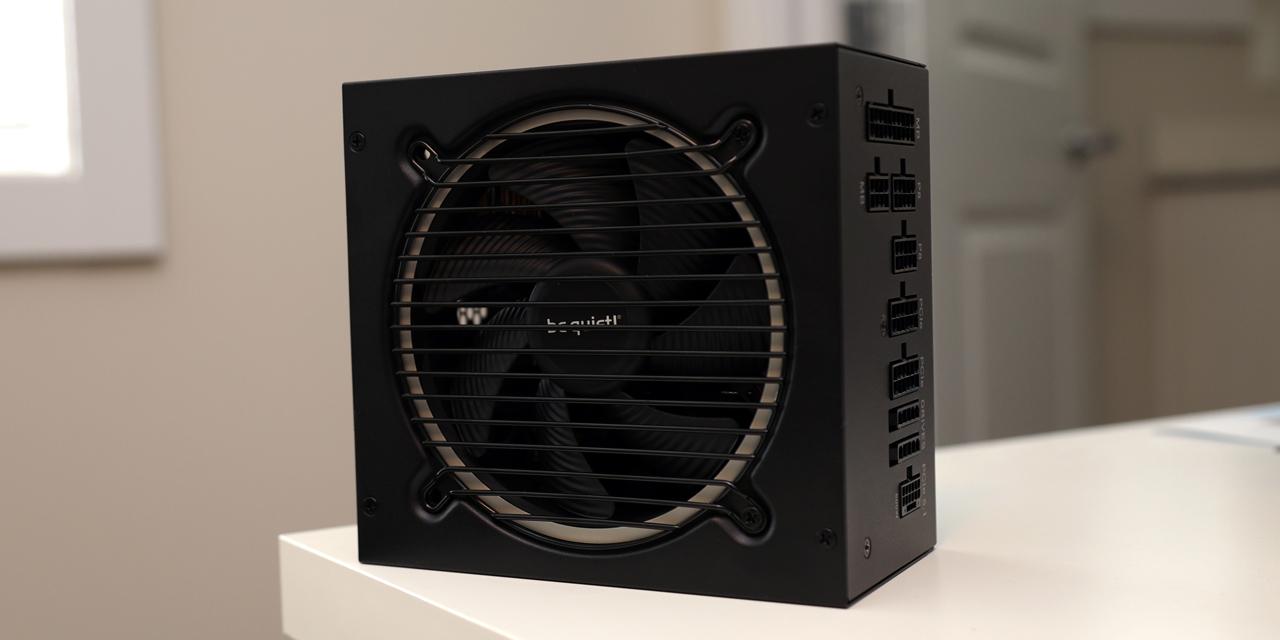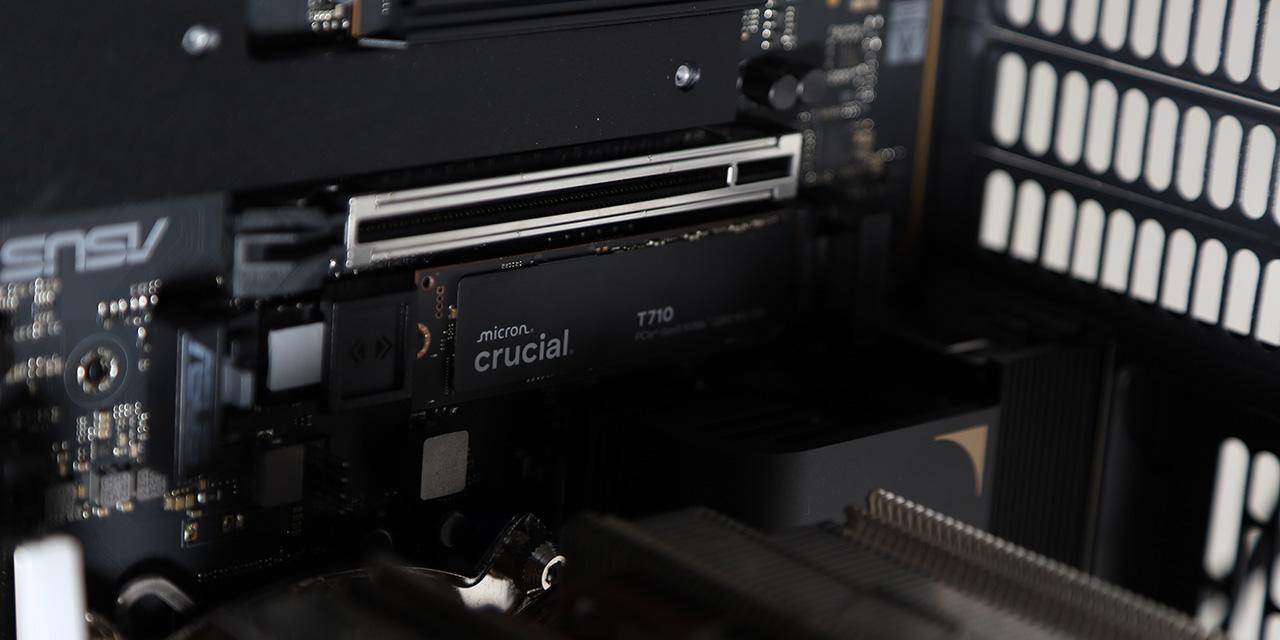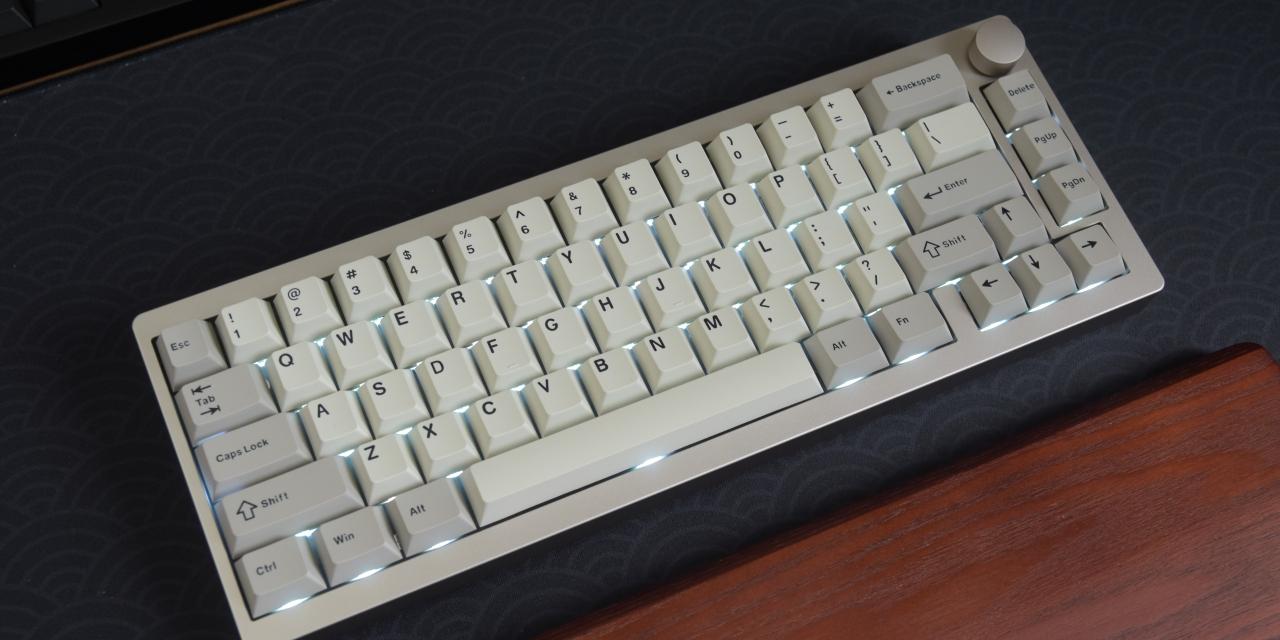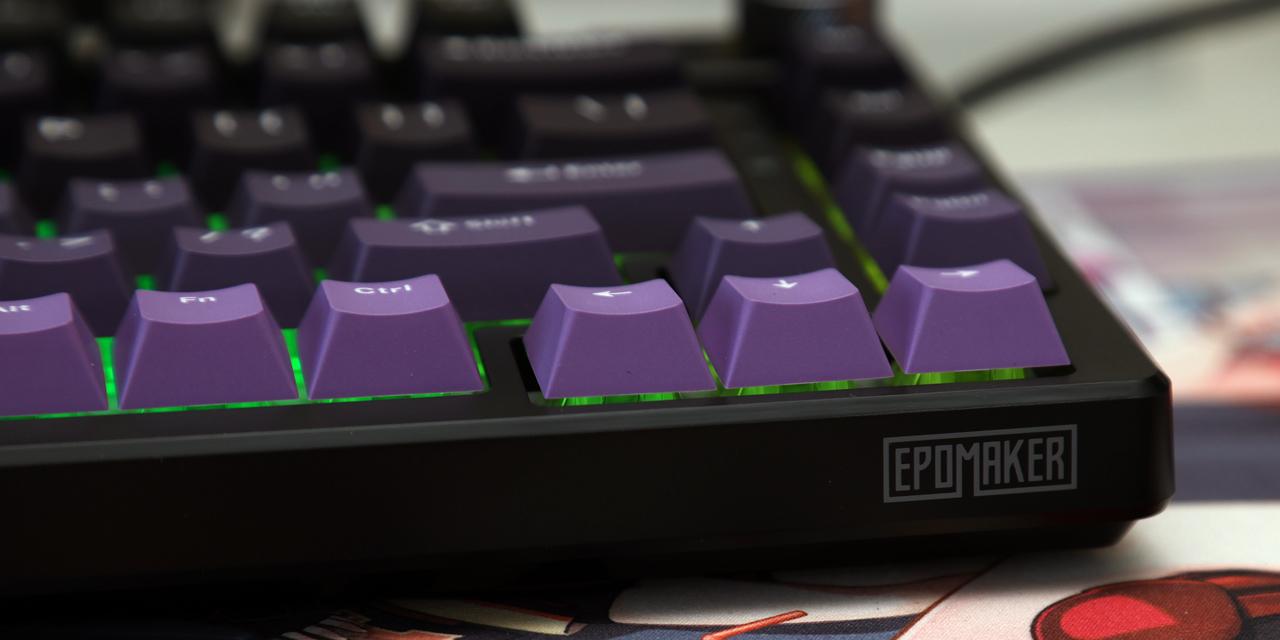By: Kenneth Kwok (Debut Review)
April 10, 2008
Over the last couple of years, the computer market has become fierce and intense in all areas. The tight competition between processor makers AMD and Intel, as well as the graphics card front on the ATI/AMD and NVIDIA side, we have come to expect more powerful processors and video cards to do various tasks -- whether it's to play the latest DX10 games such as Company of Heroes, to something that simply pushes our graphics cards to the limit such as Crysis. Of course, there is a price to pay for this rapid increase in graphics performance. According to Murphy's Law, "If anything can go wrong, it will", there will always be one outcome that becomes detriment to the overall product. This is especially true in graphics cards; as seen with the increase of graphics performance, it tends to produce more heat. According to our previous tests, this application is true when it comes to the 8800GTS G92 running at a whopping 84 degrees on load. It could be cooled with an additional case fan or an improved heatsink, but what if you are tight on space? Well, then you are in luck, because today, we will review an affordable product that not only provides cooling in congested areas -- the Vizo Propeller II PCI slot cooler with direct heat exhaust.

Our review unit came in a thin rectangular corrugated cardboard box shipped from Vizo's Taiwan head office. The package was transferred to Canada Post; then shipped using an Express shipping method. Like all postal parcel items, I went and picked them up at the local post office that's located around five minutes driving distance away from where I reside.
Although the top and the bottom of the box was slightly flattened during shipping, the retail packaging inside was still in mint condition. The retail box was alone in the cardboard box with no additional packing peanuts or bubble wrap to protect it; but judging from the condition of the retail packaging we received it in, it would have been unnecessary anyways.

The retail packaging for the Vizo Propeller II is a flat plastic enclosure, with the molded shape of the cooler being emphasized to provide a clear view of the product. This clear view arouses interest in potential buyers, and would especially look nice in a display case at a retail store.
There are four easy snap plastic buttons on the side of the clear shell that allows easy access; which I personally believe is much better than blister packs. This type of packaging not only allows for convenience in opening, but also makes it reusable; if you ever need to put it back in the case. The back of the box has the product description, features, specifications, contents and a promotional air flow diagram to show the design of the Vizo Propeller II from an application perspective.

Out of the plastic enclosure, there are only two items included: the Vizo Propeller II, and a small zip-lock bag containing two screws. I was surprised to find that there were no instructions on or inside the box to show you how to install the Vizo Propeller II -- although it should be a fairly straightforward installation, since it's simply a PCI slot fan. Including some sort of short installation sheet probably won't hurt though.
Before we go any further, let's take a look at the specifications acquired from Vizo's website:
Specifications:
- Dimensions : 131.7 x 87.4 x 22.5 mm
- Fan Dimensions : 65 x 65 x 15 mm
- Speed : 1500 R.P.M.
- Bearing Type : Long-Life Bearing
- Noise Level : < 20 dBA
- Max Air Flow : 5.34 CFM
- Rated Voltage : DC 12 V
- Weight : 120g
- Life Time : 40,000 Hours
Features:
- Fit in an expansion slot
- Blower fan provides the maximum airflow and air pressure
- Exhaust hot air out of your PC chassis and keep your system components / VGA card cool
- Make your system / VGA card work with excellent performance
- Low dBA level
- Easy to install
The maximum fan speed of 1500rpm seems quite acceptable for a 65mm fan, but it will probably produce more noise if more airflow is required simply due to limitations of the small fan. On the positive side, the Vizo Propeller II is exceptionally light for a product its size. This is due to the plastic construction, which we'll examine shortly.
The life expectation of the Vizo Propeller II fan is 40,000 hours. This is an estimate based on the bearing used as described in the "Long-Life Bearing" in the specifications above; other factors also include the temperature the bearing is kept at. There are two most commonly used bearings for fans in computer parts: ball bearings, and sleeve bearings. Ball bearings are sealed bearings which are surrounded by small metal ball-shaped contacts that rotate against the axle. These generally have a life expectancy of around 60,000 hours -- but costs more than a sleeve bearing and may be a bit louder during usage.
Sleeve bearing designs are another common type of fan bearings that involves two surfaces that are lubricated to make contact with each other when the fan is rotating. These bearings have a tendency to fail relatively earlier than ball bearings, since the contact surfaces eventually becomes rough and the lubricant will dry up after extended periods of time. These bearings also have a lower life expectancy of a nominal 40,000 hours -- however, they are relatively cheaper. Sleeve bearings also tend to be quieter at the beginning of their life, but slowly degrades over time and becomes louder as the lubricant dries -- as described earlier. From what we can see, sleeve bearing is used on the Vizo Propeller II. Although the 40,000 hours life expectancy may seem low in relation to the typical 60,000 hours with ball bearings, usage of 12 hours a day daily would still retain an estimated life of 9 years for the fan.
As seen in the picture above, the Vizo Propeller II is a PCI slot cooler that cools add on cards -- primarily, bringing airflow over graphics cards. This is achieved with a 65mm fan that runs at a maximum speed of 1500rpm. The fan is enclosed inside the plastic frame, and has many vertical fins surrounding the solid black base. The solid black base is attached to an axle at the base of the blue plastic to allow for the fan to spin. The blue plastic surrounds everything, except from a circular opening that extends from the one side of the fins to another. The plastic feels pretty solid and seems to be of good build quality. The aqua color scheme is also aesthetically pleasing in my opinion; but this is up to you to decide -- since this is purely a personal opinion. In the end, unless you have a case window, it probably won't make a big difference, haha. Also seen in the picture is the usage of a 4-pin molex connector that allows for quick setup. It obtains power directly from the computer's power supply unit.

The base of the Vizo Propeller II is completely enclosed, with the enclosed area leaving no room for any air to escape other than the direct heat exhaust at the back of the card. This design will guide air directly out of your computer case, thus effectively increasing heat exhaust rate. This would probably work effectively for a case tight in room, or for a large graphics card that generates a lot of heat in a congested space. Since heat rises, it seems counter intuitive by implementing the fan facing up -- we shall be determine its effectiveness in relation to temperature results in our tests.
The blue enclosure is a hard plastic that doesn't feel cheap at all, as mentioned earlier; with the plastic on the fan manufacture red out of similar material. The PCI backplate is attached by two screws, allowing for cleaning the interior if dust collects inside. There is no fan rpm adjuster at all, unlike the original Vizo Propeller which had a slider to set the speed of the fans. Overall build quality is pretty nice for a cooler that sets you back about $20 USD.
Installation for the Vizo Propeller II is very simple and straightforward. All that has to be done to install it, is to put it in a desired empty expansion slot. Secure it with the included screws. I personally installed the Vizo Propeller II between my two graphics cards, with the BFG 7600GT OC on top with an additional space in between to leave room for airflow of both the heatsink and the Vizo Propeller II. My eVGA 7600GT was directly below the Vizo Propeller II.
The Tests
CPU: AMD Athlon 64 3700+ (San Diego) @ Stock 2.20GHz (200MHz x 11.0)
Motherboard: Asus A8N-SLI Premium
RAM: Corsair ValueSelect PC-3200 DDR-400 2x512MB & Samsung PC-3200 DDR-400 2x512MB
Graphics: BFG 7600GT OC 256MB & eVGA 7600GT 256MB (SLI)
Case: Thermaltake Aguila
Power: Antec SmartPower 2.0 450W
Sound: Creative Sound Blaster Audigy 2 ZS
Optical Drives: Lite-On 16x DVD-RW
Hard Drive: Seagate 7200.7 120GB 8MB SATA
Operating System: Microsoft Windows XP Home Edition SP2
All of the following tests were done in the same room, where the computer was kept at an upright position with the side panel and case door closed to keep the temperatures realistic and constant. The idle tests were done by allowing the computer to sit idle for at least an hour. Futuremark's 3DMark06 was used for our graphics cards' 3D load tests, up to the middle of the Canyon Flight test in the software.

The first set of tests are for our video card that resides above the Vizo Propeller II, in which it directly cools. We can see in the above graph that the Vizo Propeller II effectively dropped our graphics card's core temperature by 2 degrees in our recorded idling value. This is only a slight improvement in relative, but considering that the Vizo Propeller II has an 65mm fan, we can say that it worked quite well in lowering the temperature of the target device that it sits below -- it draws air away from it in that area.

The eVGA 7600GT by default runs hotter than the BFG 7600GT OC in my system, because it is an older model. The BFG 7600GT OC is the newest revision that's designed to be more effectively cooled. The eVGA 7600GT which was directly below the Vizo Propeller II did not improve by much, with a decrease of only 1 degree. Keep in mind though, that the bottom of the Vizo Propeller II is also covered by the aqua colored plastic, and has no openings to allow for heat to enter when heat rises.

This is where the Vizo Propeller II shines, during our load tests for the BFG 7600GT OC that the Vizo Propeller sits below, the temperature dropped by 3 degrees. This is quite reasonable for the Vizo Propeller II because the main focus of the product is to increase airflow in the case in heat congested areas and to reduce the temperatures of the graphics card.

Finally we have our load test on my eVGA 7600GT, which resides below the Vizo Propeller II. Again, we only notice a 1 degree drop since the bottom is completely encased and has no direct entrance for hot air. This means that the Vizo Propeller II is effective in cooling the graphics card that is above it, since the heated air is easily exhausted by the 65mm fan.
In terms of sound the Vizo Propeller II was barely audible. This is quite impressive with its 65mm fan running at 1500rpm. If I were to rate this between a scale of 0 to 10 where 0 is quietest and 10 is loudest, then I would give the Vizo Propeller II a 4.0, subjectively. This fan is only audible from about 30 cm away which is just right outside the case, and this is only a slight buzzing sound. It is quite acceptable and fairly reasonable in most circumstances unless your whole computer is passively cooled.
Overall, the Vizo Propeller II did fulfill its purpose which is increasing airflow in heat congested areas of the case and also cools area around the GPU. This was achieved by exhausting air out of the case for where heat is congested near graphics cards. These tests were done in an ATX case and allowed for a maximum drop of 3 degrees on the GPU that it directly brings airflow under. Although this was not as effective as a better heatsink or maybe even better thermal paste, it did manage to have a slight effect on not only just 1 graphics card but also the other by allowing more airflow out of the case -- to extrapolate, it means that it can have an overall positive effect on temperature on all components in the computer case. While this could be easily achieved by adding another fan to the case which would cost relatively the same amount of money, it is definitely an option for many users that have an extra PCI slot on the case that is unused and has no room to add extra case fans. This would be much more useful in a micro ATX case as those have a tighter area that makes exhausting heat a challenge for high end video cards and processors. This would increase the airflow in these cases and most likely lead to a bigger change in temperature as this will vary by case due to the constraints of case sizes and cooling. If you just want to cool one product and do not need to exhaust additional air out of your case, you are probably better off getting a better heatsink, applying better thermal paste or even using the Antec Spot Cool to lower temperatures. The build quality was also very nice and had a solid construction of plastic. The Propeller II does have some limitations though, the biggest is probably the fan being embedded inside the corner of the plastic. This does seem to limit the amount of cooling that can be provided using the Vizo Propeller II. There is also the problem of leaving no gap on the bottom to increase airflow into the fan, since heat rises. It would be great to see an additional opening on the bottom to allow for greater airflow and reduction of heat. Another limitation would be the lack of RPM control, this would definitely allow for a better control of airflow which is the main selling point of this product. If Vizo were to make a Propeller III, a larger fan, better design to bring heat out more efficiently (Eg. Not a fan that draws air out from under when heat rises), and a variable resistor for fan speed control would be excellent. At $19.99 USD MSRP, it could be a viable solution for small cases that needs direct heat exhaust in heat congested areas.

Special thanks to Jill over at Vizo for making this review possible.
APH Review Focus Summary:
6/10 means A product with its advantages, but drawbacks should not be ignored before purchasing.
7/10 means Great product with many advantages and certain insignificant drawbacks; but should be considered before purchasing.
-- Final APH Numeric Rating is 6.5/10
Please note that the APH Numeric Rating system is based off our proprietary guidelines in the Review Focus, and should not be compared to other sites.
Unique cooling solution that improves airflow in smaller and tighter cases and cools the GPU. Useful if you have an extra PCI slot and need to increase airflow.
